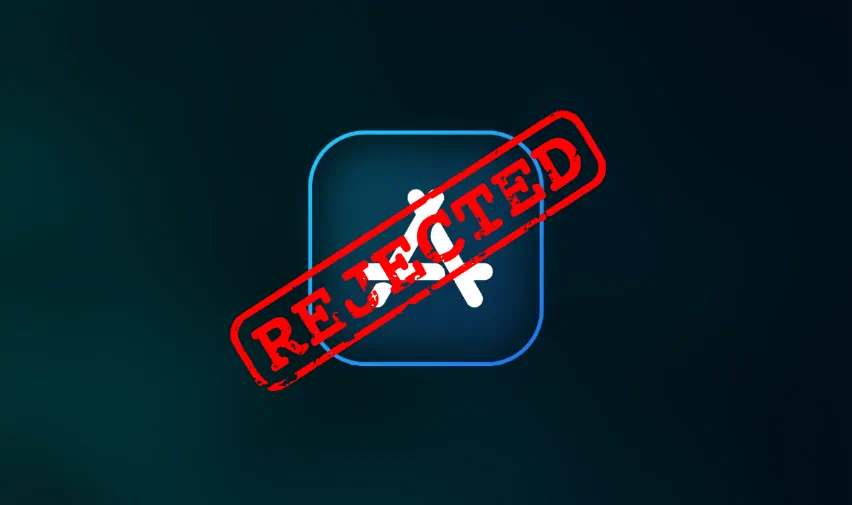One major difference between iPhone app development and android app development is that you can distribute android apps through any other channel apart from Google Play Store but you can never distribute iPhone apps elsewhere except through Apple App Store. It’s not just a difference but it is major challenge in iPhone app development because many apps submitted to the store were rejected for one reason or the other. So, it is a good idea for players in the iPhone app development niche to find out some common reasons why apps are rejected.
This article outlines some of them below. You might want to check them out before engaging in iPhone app development to reduce the chances of getting your app rejected. It can turn your app development dreams into a major nightmare when your app gets rejected. Fortunately, Apple once published some of the reasons why they reject apps and this article revisits them here.
1. Bugs and crashes
Before approval, the app store team will test your mobile app thoroughly. If they find a couple of bugs or it crashes while being tested, it will be rejected. Apple has a particular standard that their apps must meet. As a matter of fact, if Apple that will test the app for a short period of time finds some bugs, it is not likely that users will make use of the app anyways.
So, it is necessary to test your app on devices running the latest software before submitting it. Running behind schedule is no reason to shelve testing your app. You can’t sacrifice quality for time.
2. Link issues
Every app must have a link to user support and a link to your privacy policy as mandated by Apple. If any of the links is absent in your app, Apple will not approve it. Furthermore, every link on your mobile app must be functional. If there’s any broken or non-functional link, it could get your app rejected. Why would you leave a link that does not work on your mobile app. The catch is that you should test all your links, buttons, and other functions on your mobile app before submitting it.
3. Placeholder content
In the bid to save some time, some app developers sometimes send apps with placeholder content to Apple app store while they finalize all images and text on the app so that by the time it gets approved, all the images and text will be ready. Unfortunately, Apple does not like this. They want everything to be ready before you submit it. If not, it won’t be approved. As a rule of the thumb, make accommodation for the time required for Apple’s review and approval in your iPhone app development plan. After all, Apple is not the reason why you’re out of time.
4. Requesting permission to access users’ data without proper explanation
Some apps request users’ permission to access their data without explaining why they need the data and how they plan to use it. Such apps are usually rejected. As a developer, ensure your reason for wanting to access users’ data is genuine and there’s no other way to go about it without using the data. Secondly, explain why you need the data and how you intend to use the data in a way that non-tech savvy users will understand.
5. Inaccurate screenshots
It is important to include screenshots of several pages on your app. Make sure some objects or overlay text don’t cover important parts of the app. Let users understand the value in your mobile app with the screenshots. Apps with inaccurate information on their screenshots may not be approved for app store.
6. Incomplete information
Some apps get rejected because they were submitted with incomplete or obsolete information. List all the requirements of your app and provide a demo. You may also provide a short video clip to explain how to use your app. More importantly, your contact information should be up to date. If you have changed your phone number, provide the current one. Apple may sometimes verify some contact information. It won’t be funny if your app gets rejected because you mistakenly provided old contact information.
7. Poor user interface
Apple has UI guidelines for their apps and it is important that you study their guidelines before you begin to design your app at all. Some changes are difficult to implement. So, it is better to get it right from the beginning. Some apps were rejected because their UI was perceived as substandard. You need to understand that individual preference plays an important role here. What you think is a nice user interface may look poor to Apple’s team. Since it is their platform, they call the tune here. Familiarize yourself with their app UI guidelines.
8. Misleading information
Some apps don’t actually deliver some of what the developers promised. This is understandable. In the bid to market your app, you may get tempted to make a few exaggerations. Apple does not like this. Unfortunately, some developers didn’t actually set out to mislead users but they made some ambiguous statements and were misunderstood. So, you should list out only the things that your app can do or the things that it has been able to do successfully. Secondly, stay away from exaggerations and ambiguous statements. Apple is very strict on this. If you claim that your mobile app can perform 20 different tasks and Apple finds just one of the claims to be false, your app can get rejected. The brand is very strict and their standard is super-high.
Your app may still get rejected for other reasons aside the one mentioned above but working on these ones will increase the approval chances of your app tremendously.









